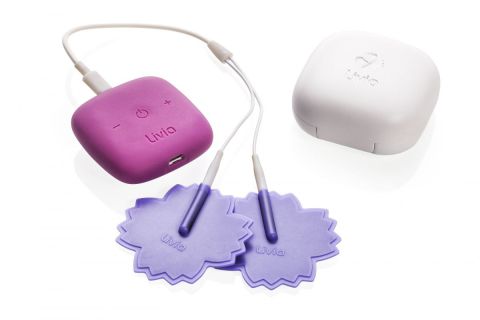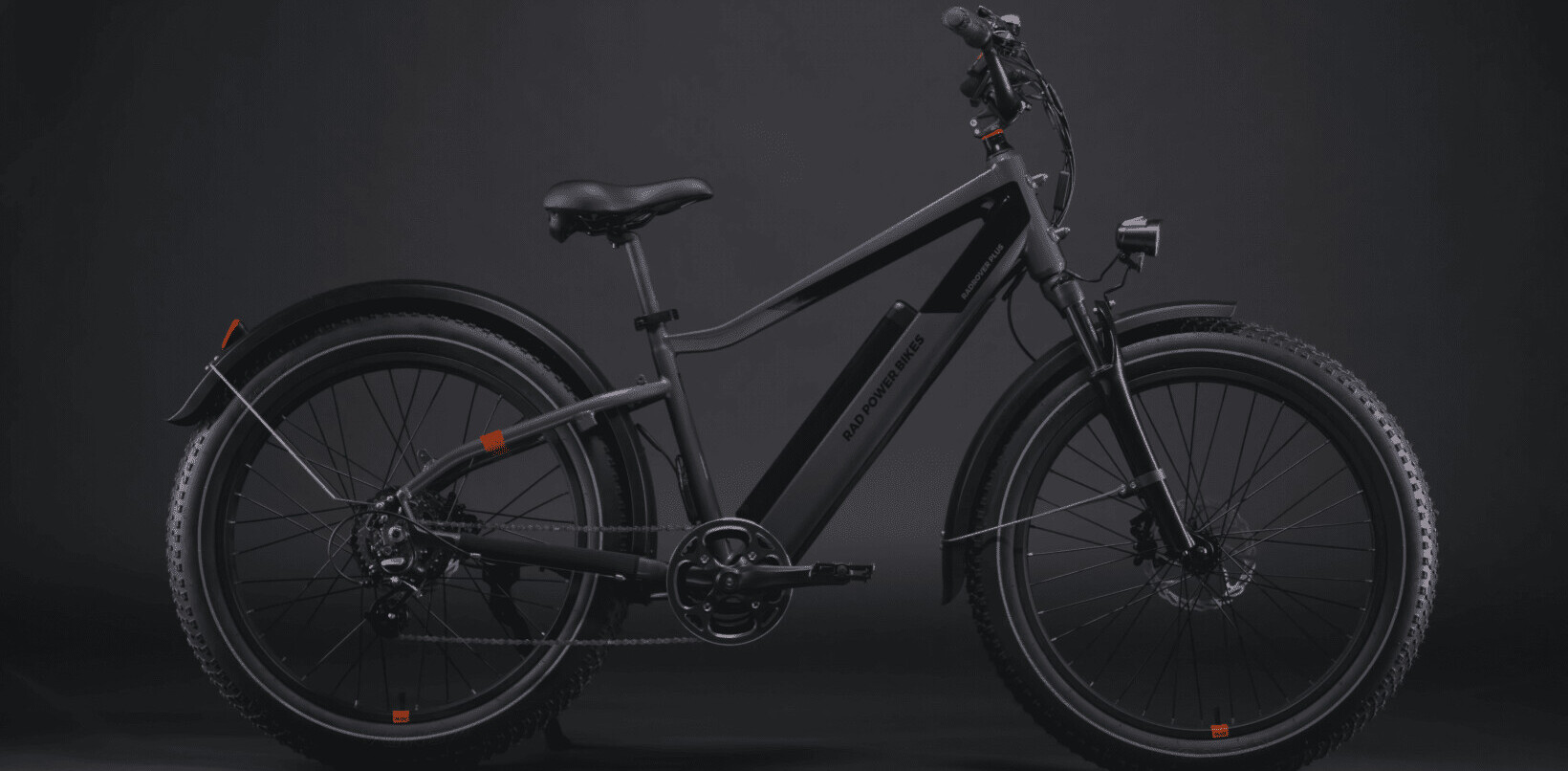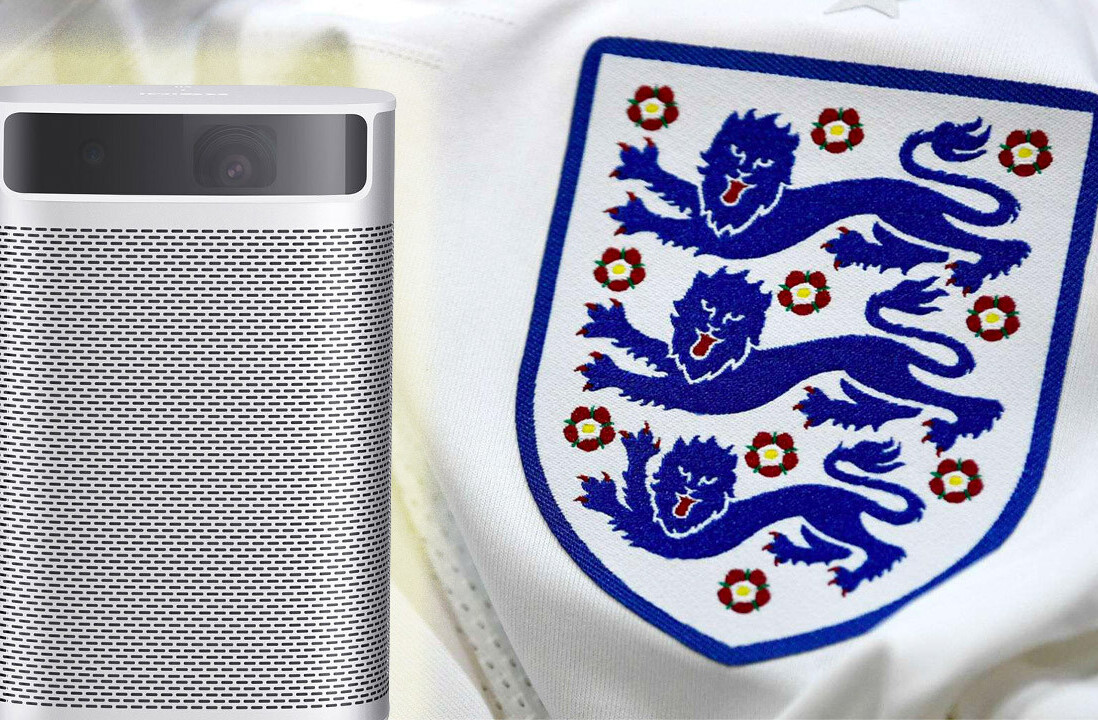When it comes to menstrual cramps, almost every woman in the world will have some experience of them. Some suffer with debilitating pain for days every month, while others will get away lightly with the odd twinge here and there.
There are plenty of medical options to choose from that are meant to help, but popping a pill isn’t always everyone’s favorite thing to do, so what can you do when the humble hot water bottle only goes so far?
Livia, a new wearable with a genuine purpose ,offers women a more natural form of long-lasting relief from the monthly pain through electrical stimulation, which is said to block pain receptors. Recently launched on Indiegogo, I feel pretty lucky to have had the chance to try it out.

I get pretty severe period pain, you’ll be wildly excited to hear, and while I prefer natural remedies for most things, I always end up reaching for the strongest cure I can find because nothing ever feels like it’s working fast enough.
So, when I agreed to test the Livia, I was hopeful, but also a little cynical, that a wearable could really cure my period pain. Well, it did. After a few failed attempts where I set the stimulation too high, I eventually found a setting that worked for me and within fifteen minutes, my cramps were non-existent.
The Livia is a small square, not unlike the old school iPod Nano, and can be clipped onto your waistband or pocket. Its simple interface includes an on/off switch and plus and minus buttons that allow you to control the level of stimulation. Attached to the main device you have two electrodes and sticky pads that you pop on your tummy or back, depending where you feel the worst pain.
All you have to do to get started is turn it on and decide how strong you’d like the stimulation to be. For me, I was a little eager and turned the power right up on my first go. Needless to say, that was a mistake. The device doesn’t give you electric shocks, which is what I was afraid it would do, but you do feel it if you have the power set high enough.
The best way I can describe the feeling is a little heat, but not as strong as a therapeutic heat pad or hot water bottle, and you can feel a sensation like a little tickle. However, if you keep it on a low setting, you can barely feel anything at all.

Anyone who has ever spent a day with a heat pad or hot water bottle attached to their stomach, wishing their period away, will certainly appreciate this little device. The only thing I would possibly change is that I would prefer if I could see the level I was choosing on a screen or a dial but as this was only a 3D-printed prototype, this may change for the final version.
According to Professor Bari Kaplin, one of the medical advisors who worked on the Livia, the electrical pulses stimulate the nerves and make it impossible for pain to pass. This method of pain relief isn’t new and is called the “Gate Control Theory.” The pulses from the device send a signal to the wearer’s nerves to keep them busy. By keeping nerves busy, its gates remain closed so pain can’t be passed through or felt.
Livia’s creators are hoping to raise $50,000 by June so the product can be mass produced with deliveries planned for October 2016. Backers will need to drop $75 to get an early-bird package or if you’re feeling flush, $155 will get you the ‘Sister pack,’ which comes with two Livia devices in a range of colors you can choose from.
It looks likely that the team will hit its target, since it has already secured more than $20,000 in less than 24-hours.
So, if you’re sick of hot water bottles, painkillers and spending a few days a month in agony, then Livia is certainly worth checking out.
Get the TNW newsletter
Get the most important tech news in your inbox each week.




